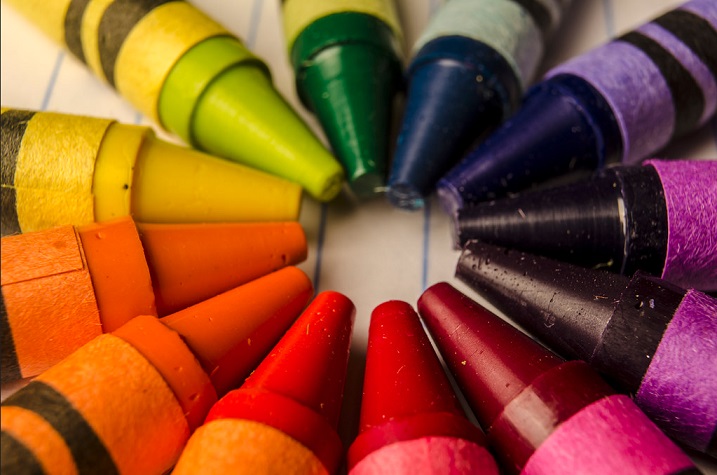The child, the parents and the school staff (basically everyone who is in contact with the child) should team up to keep asthma under control. So let me give you a few tips about asthma that everyone concerned should be aware of.
Asthma Management
- What is asthma?
- How to recognize the symptoms?
- What to do when in a state of attack, and when not in a state of attack?
Triggers
What are the child’s triggers and how to avoid them?
Some common triggers in the classroom include furry animals, dust, mould and strong smells.
Medication
Everyone should be aware of the emergency medication, when and how to use it. Usually, it is a blue puffer with an aerochamber.
N.B. The child should always have his medication handy, if not on him.
In young children, asthma is often triggered by a cold. In such cases, it is important to wash hands properly and to have a good nasal hygiene. It is recommended to perform the nasal hygiene daily and as often as needed, particularly for children who cannot blow their nose properly.
It is also a good idea for the child and the family members to get the seasonal flu shot.
Exercices
Asthma and exercises go well together. Physical activity reinforces respiratory muscles and it is very helpful when the child suffers from an attack. Therefore, it is highly recommended that the child exercises regularly. The child can participate in his physical education classes; it is only prohibited when the child has difficulty breathing. If the child gets out of breath easily when doing sports, he can take two puffs of the blue medication prior to the physical education classes.
Warning : You should always ask your doctor to ensure it applies to your child.
Everyone should fight germs by washing hands properly.

